
Secrets of Mental Math: The Mathemagician’s Guide to Lightning Calculation and Amazing Math Tricks
Original price was: $61,99.$15,99Current price is: $15,99.
✔ Digital file type(s): 1𝐏𝐃𝐅
- 100% Satisfaction Guaranteed!
- Immediate Digital Delivery
- Download Risk-Free
These simple math secrets and tricks will forever change how you look at the world of numbers.
Secrets of Mental Math will have you thinking like a math genius in no time. Get ready to amaze your friends—and yourself—with incredible calculations you never thought you could master, as renowned “mathemagician” Arthur Benjamin shares his techniques for lightning-quick calculations and amazing number tricks. This book will teach you to do math in your head faster than you ever thought possible, dramatically improve your memory for numbers, and—maybe for the first time—make mathematics fun.
Yes, even you can learn to do seemingly complex equations in your head; all you need to learn are a few tricks. You’ll be able to quickly multiply and divide triple digits, compute with fractions, and determine squares, cubes, and roots without blinking an eye. No matter what your age or current math ability, Secrets of Mental Math will allow you to perform fantastic feats of the mind effortlessly. This is the math they never taught you in school.

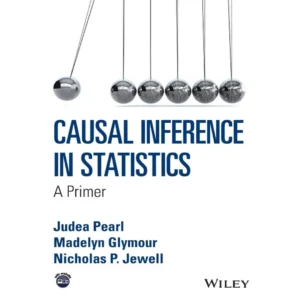
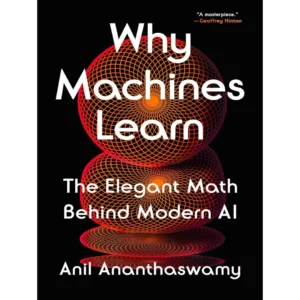
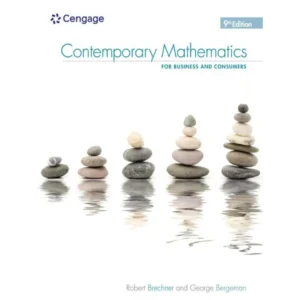
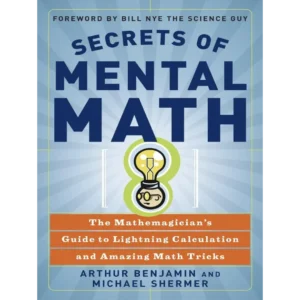
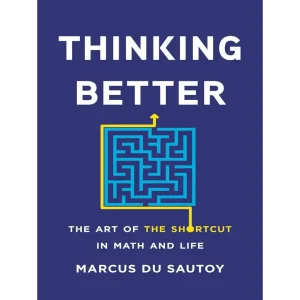
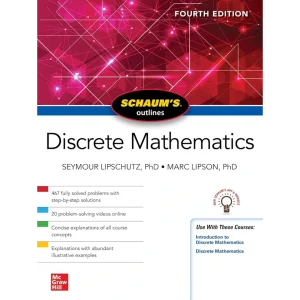
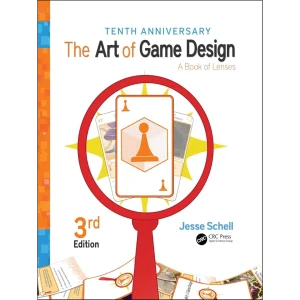
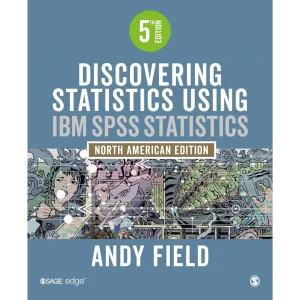
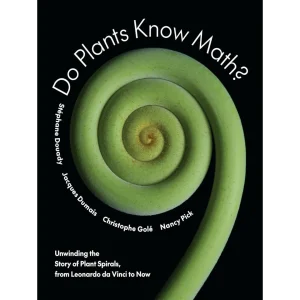



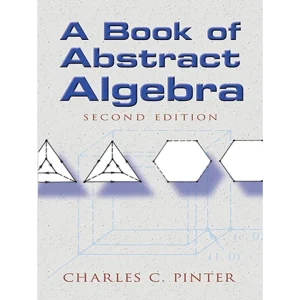
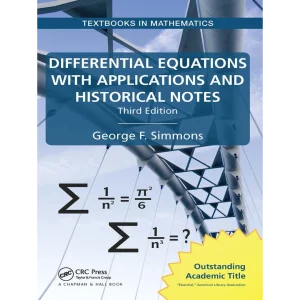
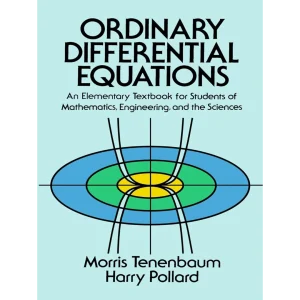
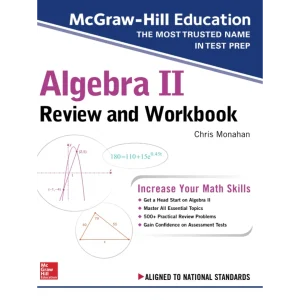
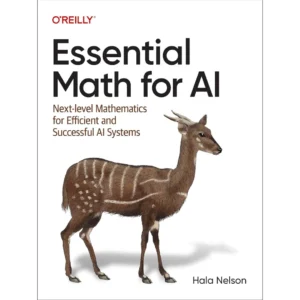
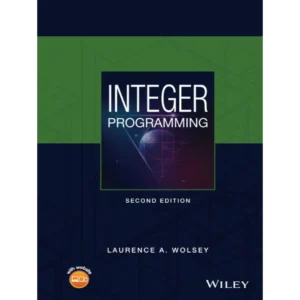
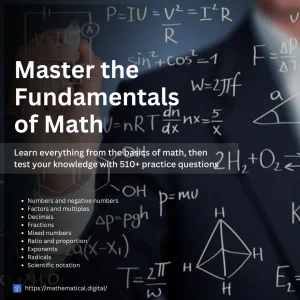
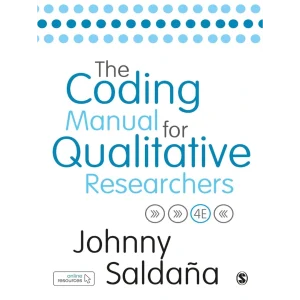
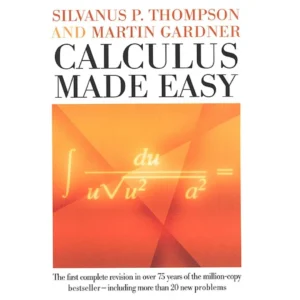


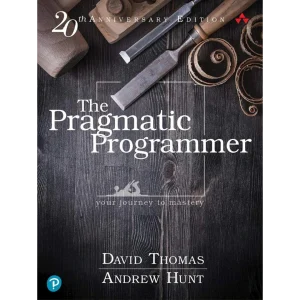
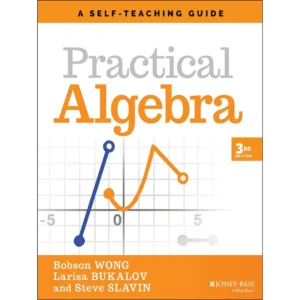
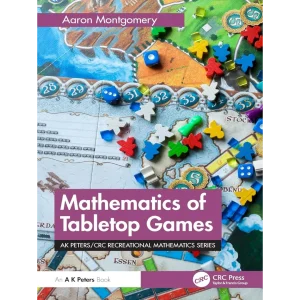

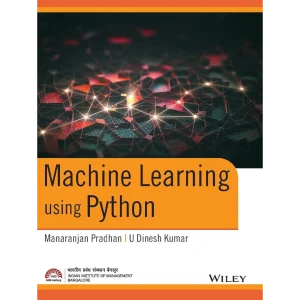

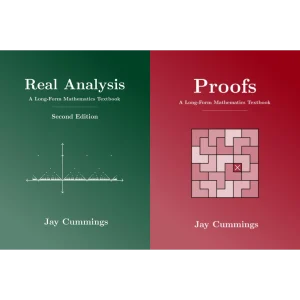

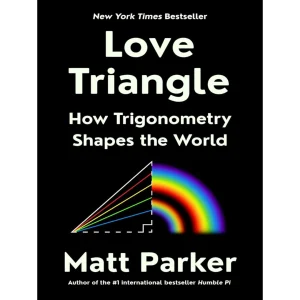

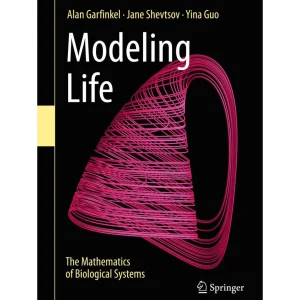
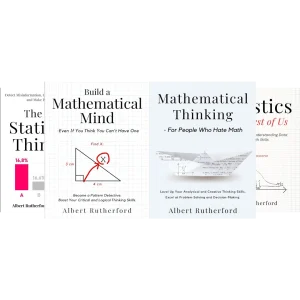
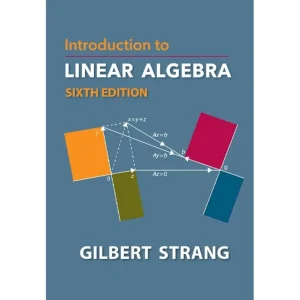
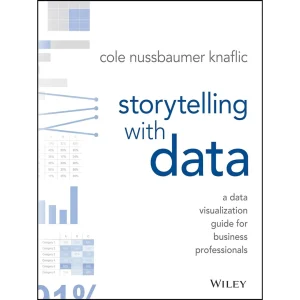
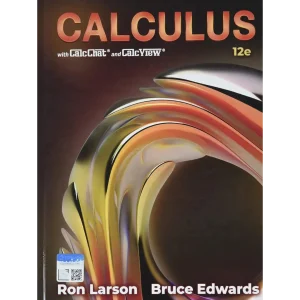

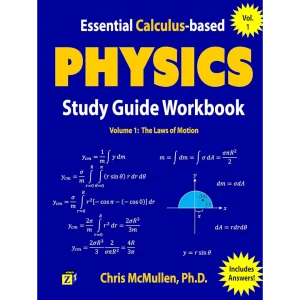

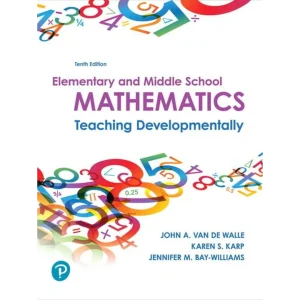
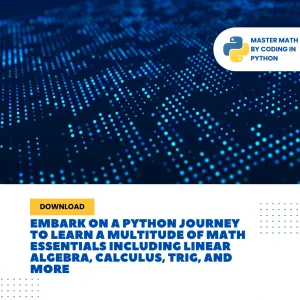

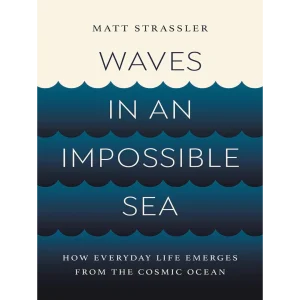


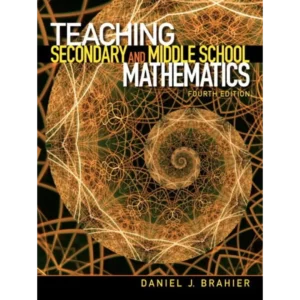

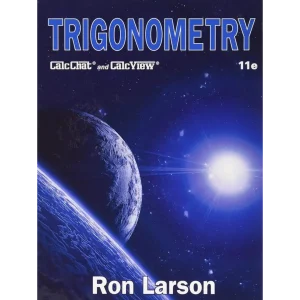
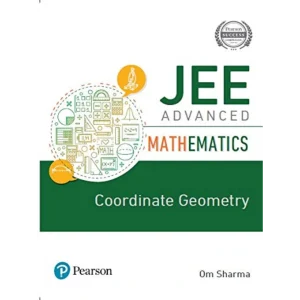

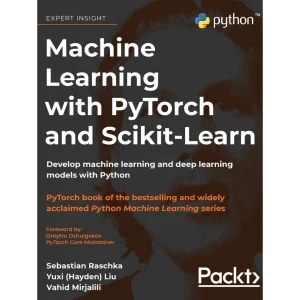
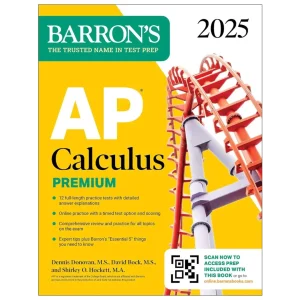
Sotto voce –
I’m a near-geezer age character and long removed from the academic, high level mathematician rigor. I remain operationally proficient in Mathematica to work that occasional problem when I need an answer without having time to revisit the physical, chemical or mathematical process.
This book is not about mathematics but arithmetic. If you’re in science or business, you are an arithmetician by trade. High speed, close enough mental arithmetic is critical to the trade. Simple arithmetic remains the great divider in critical thinking from those that can think and those that stumble. If you stumble, you know you stumble. I know mathematicians that can’t balance a check book or conceptulize GAAP P&L or Balance Sheet mechanics. I’ve imagined myself a seasoned veteran in `close enough’ mastery of columnar data, formula application, and simple arithmetic operations of a rote nature. I can determine the `range and unit measures’ of the correct answer to a particular problem by the problem statement.
It takes a lifetime to develop this skill from the rote arithmetic I should have paid more attention to it in elementary school, but … it is what it is and it has to mastered. If you need a `correct’ answer to 2 decimal places, use a calculator or Excel. If you need a fast approximation in the heat of mentally exploring alternatives use significance and proportionality to estimate within 5-10% of the calculated answer. That’s usually performing well enough for fast critical thinking purposes. Remember that the equipment or source that provided the initial data is doing pretty well if it’s within 5% of ground truth.
In `Secrets of Mental Math’ you can explore refining your arithmetician skill to 2 decimal places with only slight change ups in heuristic application. Why isn’t this stuff taught in schools? I mean it is important to know why arithmetic works, but for gosh sakes … can’t education get to the chase and deliver the shortcuts (all mathematically based in the philosophy of mathematics) to get an answer using outside of the box methods? No one can be `damaged’ by exposure to these methods.
“Secrets of Mental Math” is an excellent consolidation of shortcuts and tricks to tune up you arithmetician trade. Our kids would benefit greatly if this or a similar text was included in a mandatory high school course called `Critical Thinking’. It would be a powerful primer for those that will never do a long division by hand again and for those that will go on to calculate chemistry and physics methods and equations. The answer is in the problem. Arithmetic is a tyranny. Do your kid and yourself a favor and try this powerful little book.
I’m a mom –
Okay – I’m going to start off with a 5 and I’ll revise from there. I’ll tell you why I am giving this score when I have not even received the book. I am a well educated individual and teach at a college level. My husband is a DVM. I want you to understand where I’m coming from here – I’m not an uneducated lout. So I saw this commercial on TV and thought hmmmmm….I have a daughter who struggles in math as well. I thought this might help her (and I might find it useful too). My husband was also intrigued. I did some research on the web and found one of his teaching videos (It’s about a half hour long if you are looking for it). As I started watching, I thought…this guy is a quack. My husband even said “How much did you pay for that book?” I hadn’t ordered yet…I was still trying to figure it out. So as I continued to watch, things started to make sense. He seems to use a combination of chunking and mnemonics to help you work with the numbers. It’s not going to make you a math whiz – you still need to know how to do the basics (add,subtract,divide, multiply), but…if you can do the basics, it seems that this will make you able to expand upon that knowledge. I’ll add more after I get the book and start learning….
Okay – have had the book now for a little over a month. The information contained within is very simple to follow. At first, it seems as if it won’t work, but with practice, it actually makes difficult math problems easy. It’s more for straight calculations (addition, subtraction, multiplication, division) rather than the higher level critical thinking involved in algebra or calculus, but it definitely makes those quicker as you don’t have to take the time for the basic math. The memorization skills taught are also very useful. I have difficult putting names to faces, but now – it is much easier. It’s basic association and mnemonics, but the tips are very useful. All in all, this is a very good book.
Tom McGee –
This is a fun book for adults and children who like math and convenient mathematical tricks that will allow to quickly solve a variety of math problems in your head.
This book makes math fun!
Recently I visited family in Chicago. My great nephew is inquisitive and is advanced in math. Our mutual love for math makes it very easy to communicate with this youngster. Although he is only 10, I was able to teach him one of the tricks in the book that most adults do not know.
If you want to square a two-digit number that ends in five, the last two digits always end in 25. To discover the digits that come before 25, multiply the first digit by itself and add the first digit to it–for example 35 x 35, 3 x 3 + 3 = 12, so 35 squared = 1,225. Another example is 95 squared. 9 x 9 +9 = 90, so 95 squared = 9,025.
There are 231 easy to follow pages in this engaging book with numerous tricks and problem solving techniques with answers that follow the problems or in the back of the book.
Though my great nephew is hampered by a medical condition that is not conducive to good communications with some people, his math skills are far beyond his age. I know that he will be intrigued and have a blast with this book and can hardly wait for him to use it.
This book will not only make you seem smarter, it will make others think you are a mathematical whiz and they will be correct. Math can be and is fun when you master books like this one.
Enjoy!
I recommend Secrets of Mental Math by Arthur Benjamin and Michael Shermer to friends, family, and others who would like to increase their mathematical skills in a fun and easy manner.
Ganesh –
I used it to teach my grandkids. The techniques are explained very clearly.
Pedro Alexandre Alcobia Graça –
One trick to add to the book. i was laying down the year code table so i could find a way to get in my head more easy maybe find something common so i fought leap years could be a good start writting leap years horizontaly i notice that the leap year codes as the following pattern that loops 5316420 after 2000 by giving the order 1 to 7 like they are. and estabilishing a leap year closest to the year you want to find, can do this. ex.1991. closest leap 88 divided by 4 give 22 now 7 is 3 times inside 22 thats 21 that in the order i made is count in fingers 7 looping 3x, it stops in 7 number that corresponding number is 0 code but is 22 so add one more leap year that is 1 correspond to 5. now there is no leap. so 88 to 91 is normal year code to add from 5. 5 6 0 1. year code 1 more 1 from ix century date. all done now
Björn Nilsson –
This book is about the important and today much forgotten skill of doing math in your head instead of on your phone. A good way of keeping your mind sharp and nimble.
Yuremba khumanthem –
After a long 5/6 years, I have completed a book just in 5 days. Absolute banger. Just read it. You will not regret. Lots of useful tricks…